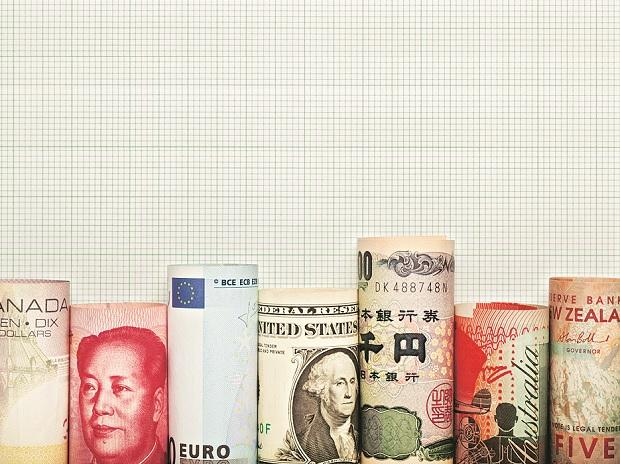[ad_1]
The RBI’s foreign exchange reserves fell by $8.3 billion to $566.95 billion in the week ended February 10, marking the sharpest weekly fall since April 1, 2022. The reserves are at their lowest level since January 6, 2023.
The fall for the second straight week was primarily on account of a fall in the foreign currency assets, which dropped $7.1 billion to $500.59 billion.
In the week ended February 10, the rupee shed 0.8 per cent to close at 82.51 per dollar as unexpectedly strong US jobs data sparked worries of the Federal Reserve raising interest rates for longer than was earlier anticipated.
Higher US interest rates lead to a stronger dollar, in turn, exerting pressure on emerging market currencies like the rupee.
“RBI has been protecting Rupee from falling beyond 83.00 and has been selling dollars from 82.70 levels which has impacted the reserves. Apart from this euro/ GBP (British pound)/ JPY (Japanese yen) and gold’s value has fallen which could have also brought the fall in reserves,” Anil Kumar Bhansali, head of treasury at Finrex Treasury Advisors said.
More recent data sets in the US, including that showing higher than expected inflation in January, have further strengthened fears of the Fed continuing with monetary tightening for longer. The Fed has raised interest rates by a total of 450 bps since March 2022, leading to sharp gains in the US dollar.

Dealers said that the RBI had likely been intervening through dollar sales in the non-deliverable forwards market over the past week in order to rein in excessive volatility in the exchange rate.
“The central bank has aggressively intervened in the forex market to protect the level of 83 in the rupee. We believe the recent resilience in the rupee may not last long as the Fed members and recent data pointing higher rates for longer time which will give wings to the dollar bulls,” HDFC Securities research analyst Dilip Parmar said.
The decline over the last two weeks comes after a recent spree of gains in the central bank’s reserves. Following a decline of $100 billion in its reserves from February to September of 2022, the RBI has over the last three months been replenishing its foreign exchange reserves.
From June to October of 2022, the RBI was a net seller of US dollars in the currency market as the central bank sought to rein in excessive volatility in the rupee’s exchange rate amid the Ukraine war and aggressive rate hikes by the Federal Reserve. The foreign exchange reserves increased by $28.9 billion since September-end to $561.6 billion as on January 6.
Reserves worth $576.8 billion as on January 27, 2023, cover 9.4 months of projected imports for the current financial year, the RBI staff said in the central bank’s February Bulletin.
[ad_2]
Source link



